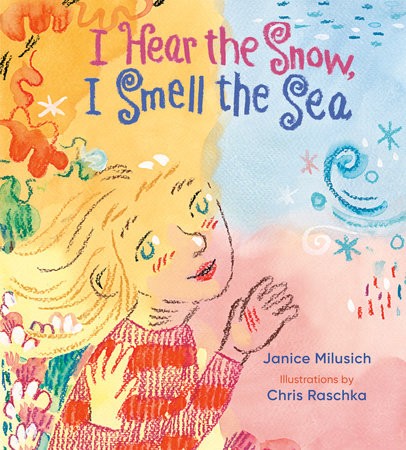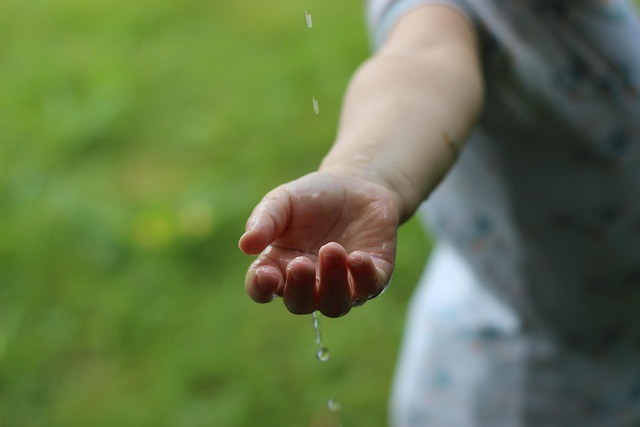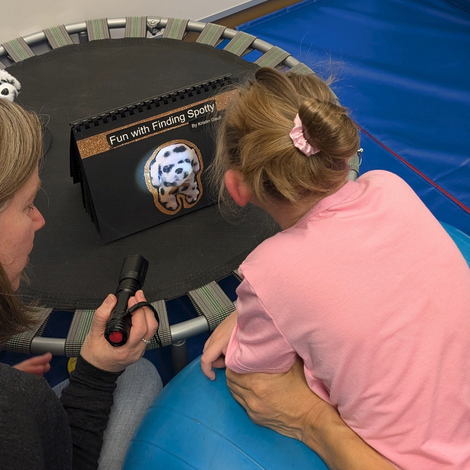The toy was adapted through the following methods
- Braille labels
- A variety of arts and crafts including markers, glue, stickers, fun scissors
- Textures: Edge textures for extra discrimination (similar to tactile connections from APH)
- Tonies Figurines: Tangible objects with salient features provided by the Tonies. These are magnetic and attach to the box with ease. Once the figurines are on the box the music begins playing.
- Specific labels for each figurine
How to adapt Tonies
A lot of things that may already be available through arts and crafts resources!
The image below represents the adapted tags to add onto the Tonies figurines that you can buy through the company.

Image below shows the tags with the Tonie figurines.
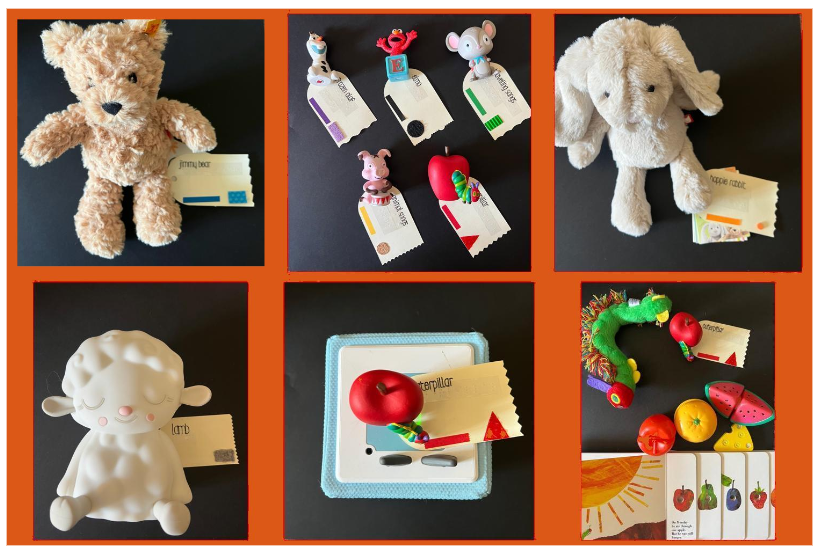
Why this is important
Toys are more than just toys; they are an opportunity for development. Toys can be tools to support learning, can be meaningful, and create engagement. Opportunities for development with babies and toddlers who are blind or visually impaired need further support and adaptations. Small adaptations can support all children to utilize toys which leads to meaningful play!
Ways that this adapted and accessible toy supports development
Motor Development and Movement
● Mat around the toy to define the space
● Keep toy within reach
Language
● Encourages receptive and expressive language
● An opportunity to “label” touch cues, object cues, tangible objects, tactile markers, baby sign
language, braille/print labels, and images
● Songs and repetition support learning how to communicate without seeing the communication and words.
● Output language through movements, gestures, vocalizations and speech
Social interactions
● Guided play and free play
● Hand under hand support to show emotions and model gestures
Next time you pick up a common toy, think about the adaptations you can create to make it accessible to all children!
How to purchase Tonies
Bibliography
- https://www.healthlinkbc.ca/healthlinkbc-files/your-childs-development-birth-3-years
- https://www.mayoclinic.org/healthy-lifestyle/infant-and-toddler-health/in-depth/infant-development/art-20048012
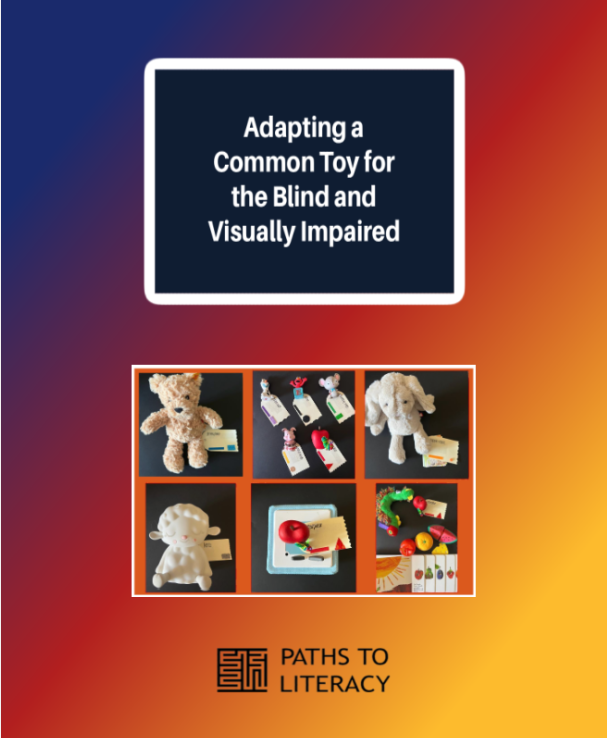
Note: Tonies® is a registered trademark of Boxine US Inc. This article is for educational purposes only and is not affiliated with or endorsed by Tonies®.
Information about third party providers, products, and services does not constitute an endorsement or recommendation by Perkins School for the Blind. It is the user’s responsibility to verify and investigate providers, products, and services. References to or information regarding commercial products, information, services, manufacturer, or company do not constitute endorsement or recommendation by Perkins.


